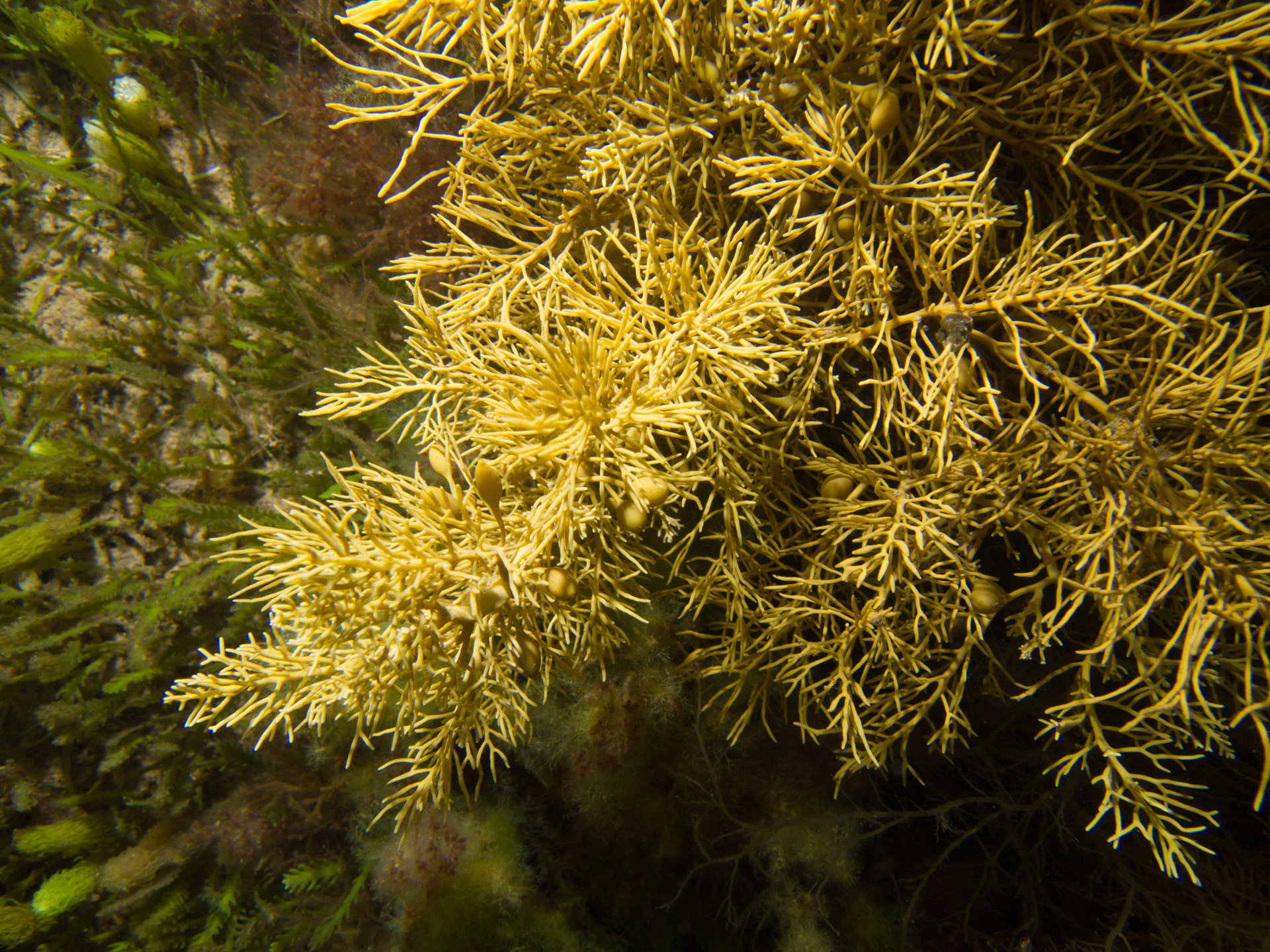Seaweed aquaculture

Native seaweeds are an important marine habitat in Victoria’s bays, inlets and coastal waters underpinning our recreational and commercial fisheries. There is interest in native seaweed aquaculture in Victorian waters due to its scope to create valuable products and jobs alongside environmental benefits for Victoria. Potential opportunities range from growing food and manufacturing products, capturing carbon from the atmosphere and excess nutrients from the sea, creating marine habitat to enabling ‘climate-friendly’ livestock feed.
Seaweed aquaculture is a well-established, significant and successful industry in other parts of the world but is a developing industry for Victoria. Victoria hosts abundant clean water resources suited to low impact aquaculture and our aquaculture production is diverse and growing, enabled through the regulatory system in place under the Fisheries Act. As for many new industries, enabling licences for seaweed aquaculture requires updates to our regulatory system.
Aquaculture of native seaweed
- Licences enabling seaweed aquaculture are not currently available in Victoria.
- Seaweed aquaculture is being trialled at a small number of existing crown lease areas in Victoria’s marine aquaculture reserves. This is supported by short term permits issued under the Fisheries Act which authorise the use of commercial aquaculture and fishing equipment.
- You can find out how to apply for a commercial permit from the VFA here.
- Permit applications are assessed by the VFA on a case-by-case basis.
- The issue of a permit does not imply any right of re-issue or ongoing entitlement.
- These permits do not authorise the collection of any seaweed from the wild as ‘brood-stock’ for the seaweed aquaculture activities. Removal of seaweed from marine and coastal crown land requires consent from the Department of Environment, Energy and Climate Action under the Marine and Coastal Act 2018. You can find out more about applying for a consent here.
- An adaptive management approach is being applied to the these permits as knowledge and best practice for seaweed aquaculture continues to rapidly develop, and the VFA continues to work with other agencies and across jurisdictions to continually improve seaweed management arrangements (see below).
Harvest of native seaweed
Native seaweed provides an important habitat for fish and other marine life. The harvesting of native seaweed in Victorian marine waters is prohibited without a permit (s. 112(2) Fisheries Act 1995: Using equipment in Victorian waters where the use of the equipment could reasonably be expected to result in the damage to the habitat of any fish). It is also protected under the Marine and Coastal Act 2018 s.65 (use or develop, or undertake works on, marine and coastal Crown land without a consent.)
Review of management arrangements
The VFA is continuing to work with the Department of Environment, Energy and Climate Action and other relevant agencies to review and where appropriate update seaweed management arrangements in Victoria.
Any proposals for regulatory change under the Fisheries Act will be subject to our formal consultation processes.
